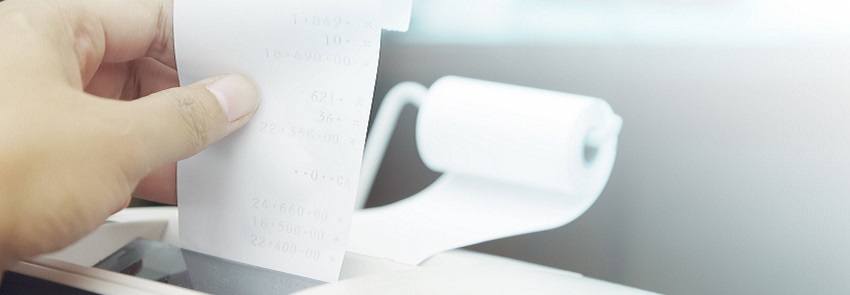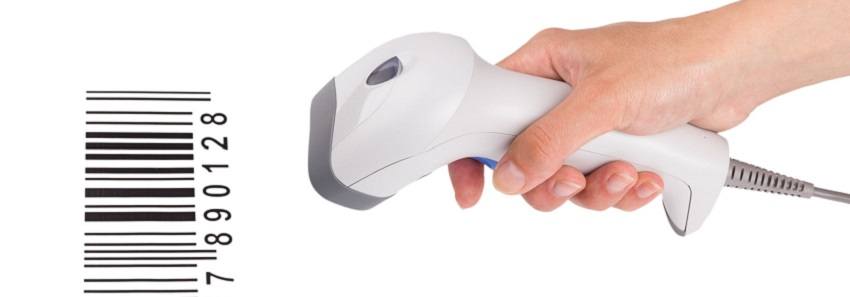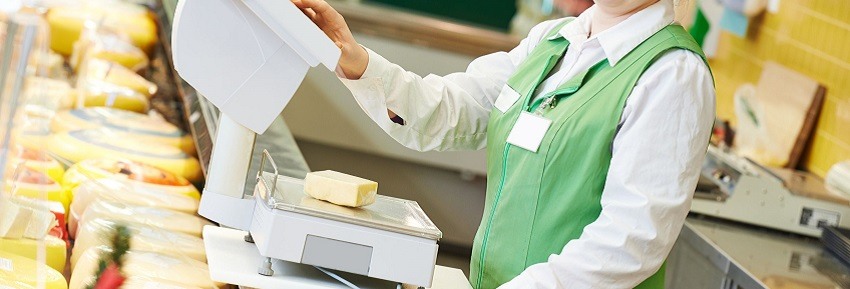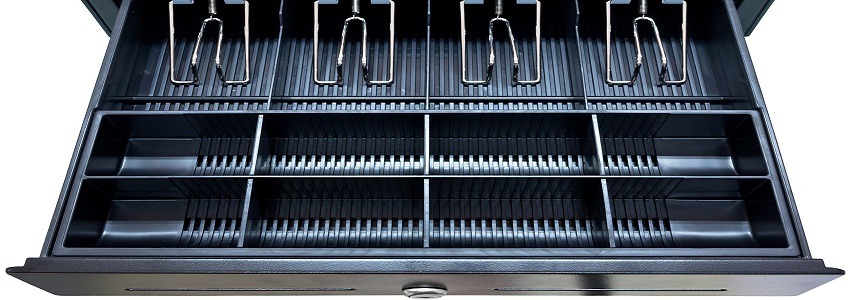

EPOS: Choosing a Pos printer
Business owners and sales staff will logically have to print out receipts, but also barcodes or labels for their customers, so Pos printers are an essential part of an Epos system . Different technologies are available, for different uses, and at different costs. At the end of the day, some technologies will naturally be better suited to specific business industries.

Pos printer technologies
All Epos providers have their trump cards and weak spots, depending on your needs. How can you translate these needs into features? Here is what you need to know in order to make the right choice.
Dot matrix Pos printers
Dot matrix or serial impact is the simplest, oldest printing technology, and logically represents the cheapest option. Basically, the machine uses small pins and an ink ribbon to shape letters by printing tiny dots on the paper. They usually only support printing in black and red.
The price range is between £150 and £300.
Thermal printers
Thermal printers use thermal heads which generate heat to print letters on thermally coated paper. They do not need ink or toners to operate, and can now print in multiples colours. They are much more expensive at around £250 to £500.
Inkjet printers
Inkjet printers work like dot matrix printers except that mechanical parts do not actually touch the paper; ink is rather shot onto it in tiny droplets. Network versions are available. They produce the best-looking results for complex graphics used in logos or brochures, and the hardware is not much more expensive, however, the cost of consumables such as ink cartridges adds up very quickly.
Mobile printers
Mobile Pos printers can use various printing technologies, but their specificity lays in the fact that they can operate with a built-in power source, and therefore, in a mobile environment.
Choosing the right printer for the right business sector
Different Pos printer technologies mean different results, different results mean different uses, and different uses mean different business sectors. Here’s the roundup.
Points to watch
The performance of Pos printers can be evaluated based on the following criteria:
- Printer resolution: inkjet printers are the best performers, thermal printers the worst;
- Printer speed: the lower the resolution... the quicker the printer;
- Connection type: depending whether printers will connect to the terminal by USB, parallel or serial ports, transfer speeds will be higher or lower;
- Auto paper-cutter: they are not always included, as cheaper models use a simple tear bar;
- Ease of use: the procedure for changing paper rolls is especially discriminating;
- Support: when things go wrong, you need somebody who will listen to you and provide guidance - your business depends on it.
Business sector needs
Based on all of the above, the following Pos printers can be recommended to these industries:
- Dot matrix printers are more suited to retail operations;
- Mobile printers to the hospitality sector;
- Inkjet printers to office operations;
- Label and barcode printers, as well as receipt printers, whatever the technology used, for both hospitality and retail.






